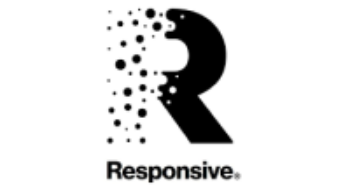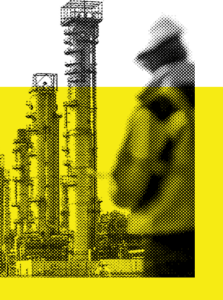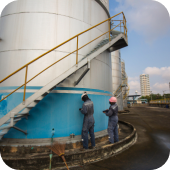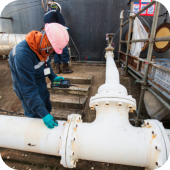

Responsive NDT
Responsive NDT are based in the UK and an independently owned specialist in non-destructive testing and inspection.
Overview
We have more than 25 years of experience in providing Non-Destructive Testing and Inspection services, mechanical and destructive testing, and delivering creative solutions to all types of companies in the UK and abroad. Our teams have worked with credible organisations such as Sellafield, AWE, Altrad, LLW Repository, Exon Mobil, ABB, Jacobs, and more.

We employ a personal and consultative approach, understanding your current and future challenges, and offer a bespoke solution, that will grow and adapt to your company's needs.
Since we are entirely independent we are able to match our customers’ needs with the most appropriate solution allowing delivery of unrivaled service.
One of our core strengths is adopting new technologies emerging in the NDT and inspection and testing market.
Our difference is simple – we offer the best products, services, and prices with total peace of mind.
Our Mechanical testing laboratory offers an unrivaled testing service that can quickly and efficiently witness, machine, and destructively test your components, joints, products, and other items.
The techniques available cover everything from non-destructive testing such as dye penetrant, radiography, ultrasonics, and magnetic particle testing to chemical analysis and positive material identification using OES, Charpy, Tensile, or Hardness testing of materials.
Our mechanical testing team can tailor the perfect destructive testing method or combination of tests to ensure the absolute integrity of your components, materials, and products.
What we can deliver?
Responsive facilities are equipped and staffed to provide a range of expert services to the engineering, decommissioning, and materials sectors including
- NDT, MT, PT, UT and RT
- Charpy Testing up to 300J
- Tensile Testing up to 600Kn
- Compression Testing up to 60 Tonne
- Macro Testing
- Fracture and Bend tests
- Optical Emission Spectrometry (OES) Positive Material Identification
- X-Ray Fluorescence Positive Material Identification
And, if you need something different, please speak to one of our team as we should still be able to help.
Products
Services
Ads












